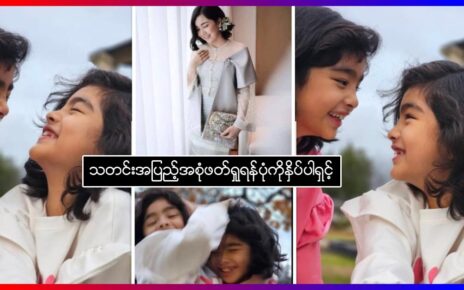







The Evolution of Artificial Intelligence in the Art World
Artificial Intelligence (AI) and its remarkable capabilities have significantly impacted various industries, and the art world is no exception. In recent years, we have witnessed the rise of AI in art, a phenomenon that is reshaping the boundaries of creativity and artistic expression. In this article, we’ll explore the fascinating intersection of AI and art, examining how technology is redefining artistic processes and challenging traditional notions of creativity.
AI-Generated Art: A New Frontier
AI-generated art, often referred to as “algorithmic art,” has gained prominence as a novel and revolutionary approach to artistic creation. Utilizing complex algorithms and deep learning techniques, AI systems can analyze vast datasets of artistic styles, techniques, and historical works to generate original pieces of art. This merging of technology and artistry has given rise to a plethora of awe-inspiring creations that push the boundaries of what we thought was possible.
The Creative Collaborations
One of the most intriguing aspects of AI in art is its ability to collaborate with human artists. Many contemporary artists have embraced AI as a creative partner, working in tandem with intelligent algorithms to produce unique artworks. This collaboration transcends the conventional understanding of artistry, as AI systems contribute their own interpretations and insights, leading to groundbreaking and thought-provoking creations.
AI Art as a Reflection of Society
AI-generated art often serves as a mirror to our society’s ever-evolving relationship with technology. These creations prompt us to question the essence of creativity and the role of the artist in the creative process. They challenge us to rethink our preconceived notions of what constitutes art, blurring the lines between human and machine-generated works.
Challenges and Ethical Considerations
As AI continues to integrate with the art world, it brings with it a set of challenges and ethical considerations. Questions arise regarding the authenticity and authorship of AI-generated artworks. Who truly owns the rights to a piece of art when both human and machine played integral roles in its creation? These questions underscore the need for new legal frameworks and discussions on the rights and responsibilities of artists and AI creators.
The Future of AI in Art
The future of AI in art holds boundless possibilities. As technology continues to advance, we can expect even more innovative collaborations between human artists and AI systems. The synergy between human creativity and machine intelligence will likely lead to astonishing artistic achievements that challenge our perceptions and broaden our understanding of art.
The rise of AI in art is a testament to the ever-expanding horizons of human creativity. It’s a journey that challenges conventions, explores uncharted territories, and redefines the very essence of artistry. As AI and art continue to intersect, we find ourselves on the cusp of a new era in artistic expression—one where the boundaries of creativity are limitless, and the future of art is filled with endless possibilities.
